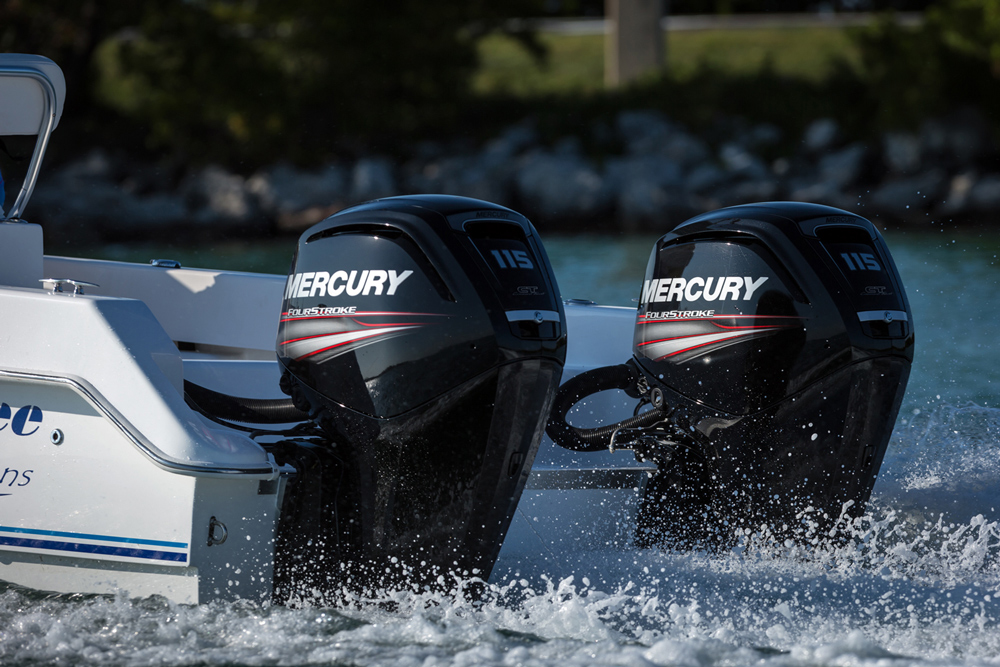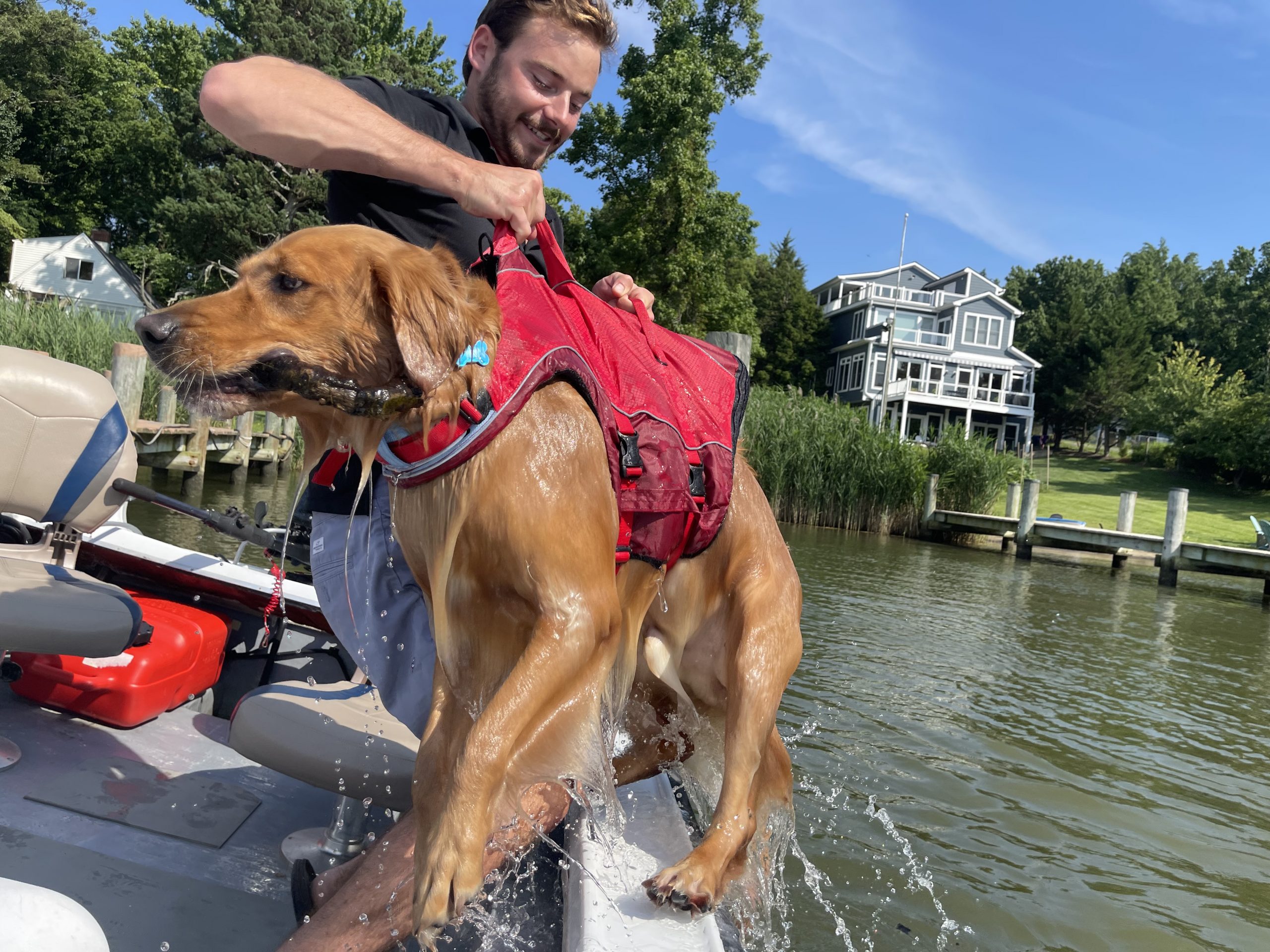Advertisement
Advertisement
PFDs: 5 Tips to Find one that Fits
Life jackets need to fit well if you are going to wear them all day long.
November 29, 2011
If you’re looking for a comfortable Personal Flotation Device (PFD) and you’ve been wearing life jackets for years, you know this used to be a search for an oxymoron—there was no such beast. Luckily, in the past decade or so we’ve seen a lot of changes in PFD technology and design. Today it’s perfectly reasonable to expect to find a life jacket that fit so well, you forget you’re wearing it—if, that is, you know what to look for. Use these five tips, and it’ll be a successful search.

Float coats with built-in PFDs, like this one from Mustang, are both comfortable and warm.
1. Cold weather boaters should try on float-coats. These are heavy-duty jackets with foam floatation built into the body and arms, and they not only keep you afloat, they’re also surprisingly warm. In fact, a high-quality float coat provides just as much warmth as most heavy winter jackets. That means you won’t have to put on a puffy parka and then try to cram yourself into a traditional life vest—a common cause of cold weather discomfort.
2. Hot weather boaters in need of a traditional life vest should look for those with side mesh. Mesh allows air to flow and keeps you cooler, plus having thinner sections under your arms provides more freedom of movement. Anglers, in particular, will find side mesh more comfortable as they cast.
3. Consider an inflatable. These are light and non-restrictive, and often you forget you even have one on—until you fall into the water, and your life depends on it. You can choose between a belt PFD and a suspender-style; suspenders are usually considered safer since they inflate in place, while belts inflate with the collar in front of you, requiring you to pull it over your head. But belts are less expensive, and some wearers would say they’re more comfortable, as well.
4. Shoulder adjustments can be found, in some newer life vests. These make for a better fit, especially for “husky” sized boaters. But beware of those with plastic clips in the back, as these can be uncomfortable when you lean back in a seat.
5. Multiple panels, as opposed to a single or pair of wrap-around foam panels, almost always make for a more comfortable fit in a traditional life jacket. They provide more freedom of motion, and conform to differing body shapes more easily. If you’re getting life jackets that will be used by many different guests of many different shapes and sizes, this is a must-have feature.
Full-time life jacket use is becoming more and more common, and many states have been beefing up PFD requirements in the past few years. But that doesn’t mean you can’t be comfortable each and every moment you’re out on the water. Take these five tips into consideration, and you’ll be buoyed by your new-found, form-fitting fortune.
-Lenny Rudow
Advertisement
Advertisement












